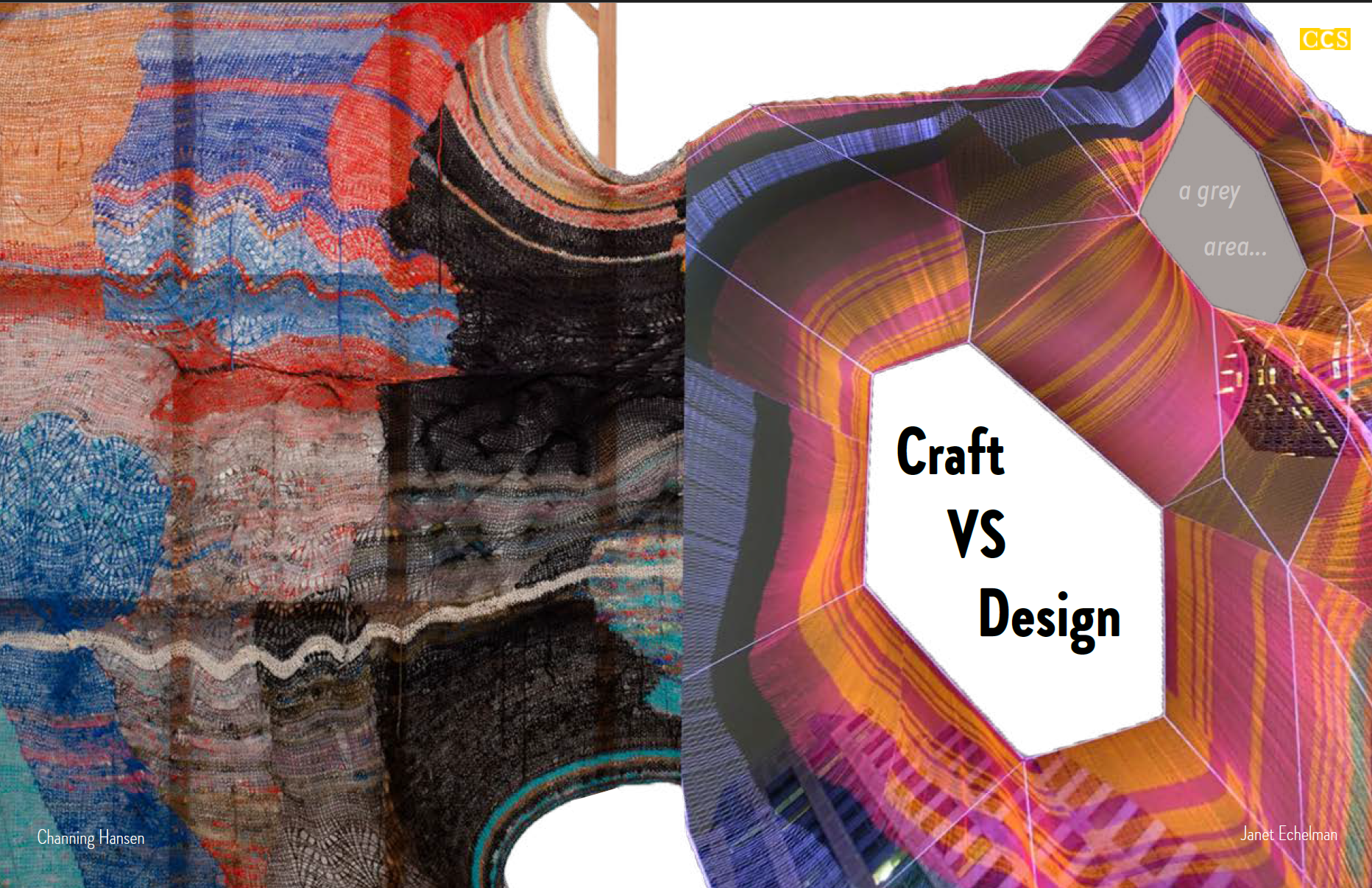Image | Yuylia Sinke Baranovskaya
Knit the Fabric of Reality
Knitting is an ancient form of making, which has become a common home craft and industrial textile making practice.
Within the age of AI and additive manufacturing, there is an increased interest in the structure and potential within material development which is changing the perception of knit as a textile, but as a geometric structure of linear materials.
Knit The Fabric of Reality will Include
+ Geometry
+ 4D Thinking
+ Material Futures
There is no known creator of knitting, thought it is thought to have originated in middle east in the 5th century
All Images credited to the Victoria and Albert British Museum
Close-Knit refers to communities and human relationships which are strongly linked to one another. These are strong intimate bonds of care, compassion, and interest in each other.
One of the downfalls of digitization is the detachment from physical reality, how could digitized knit structures reform the physical communities lost to online communities and immediate relationships and rebuild urban and suburban spaces?
Image: Toshiko Horiuchi
Knitting was built around unifying more than just yarn, but unifying people.
Unification often leads to revolution, knitting has developed into it’s own counterculture and has deep roots in political activism. Historically, textile arts was the main voice for women during a time when they didn’t have a place in politics and during times of uncertainty and war. This is still a practice to this day, with the most influential being the pink pussy hats of the 2017 Women’s March, pictured here.
Image credit: Amanda Voisard
We usually think of chunky yarns, and colorful graphic patterns, playfulness when we think of craft. What do you usually think of when you think of designed knit?
For me it’s smart, sculptural, and material driven.
In the era of digitalizing of design this has turned this operation into a data driven science to be unraveled and reformed. How could this artful practice influence its future change in form, material, and structure through time?
1D Form
Image | Charlotte Carter
3D Form
2D Form
What could be the 4D form of knit?
Image: MIT School of Architecture
Sustainability Focus
Additive Manufacturing
Image | East London Knit
Image | Lotta Lundstedt
Re-Knitting
Darning
Image | Uniqlo
Material Futures | Avenues of Development
-

Electronic Textiles
Sensory + Responsive
-

Bio-Materials
Metamorphosis + Regenerative
-

Light-Weight Construction
Structural + Resilient















